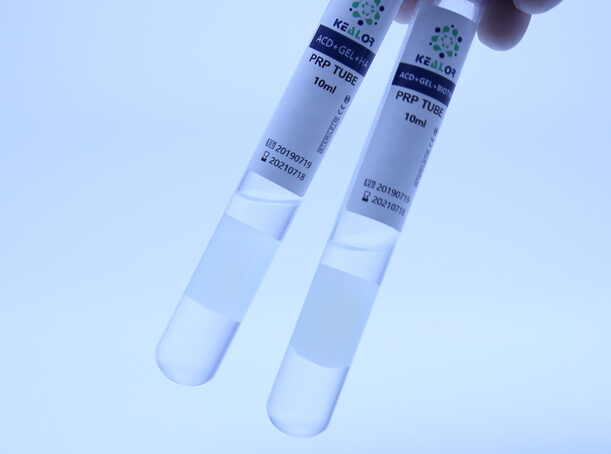Platelet-rich plasma (PRP) is a blood product that is widely used in various medical and cosmetic procedures, including wound healing, tissue regeneration, and skin rejuvenation. PRP is prepared by isolating and concentrating platelets from a patient’s own blood, which are known to contain growth factors that can stimulate tissue repair and regeneration.
Platelet aggregation is a process in which platelets clump together to form a clot in response to injury or damage to blood vessels. The ability of platelets to aggregate is an important aspect of their function and is often measured in vitro as a marker of platelet function.
Freshly made PRP can be used to measure platelet aggregation, but the optimal time frame for using PRP for this purpose is not well established. Platelets are known to undergo various changes after they are isolated and concentrated, including activation and degranulation, which can affect their ability to aggregate. Therefore, the length of time that PRP can be used for platelet aggregation may depend on various factors, such as the preparation method, storage conditions, and the patient’s individual characteristics.
Some studies have investigated the effects of storage conditions on the function of PRP. A study published in the Journal of Orthopaedic Research in 2014 found that the platelet aggregation function of PRP was preserved for up to six hours when stored at room temperature. However, the study also found that the platelet aggregation function of PRP decreased significantly after 24 hours of storage, regardless of the storage temperature.
Another study published in the Journal of Clinical Apheresis in 2006 found that the platelet aggregation function of PRP was preserved for up to four hours when stored at room temperature, but decreased significantly after 24 hours of storage.
In conclusion, the optimal time frame for using freshly made PRP for platelet aggregation may depend on various factors, and there is no consensus on the exact duration of use. However, based on the available evidence, it is recommended to use freshly made PRP for platelet aggregation within 4-6 hours of preparation, and to store it at room temperature until use. Any concerns regarding the use of PRP for platelet aggregation should be discussed with a healthcare provider or a medical professional.








